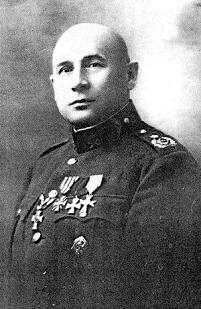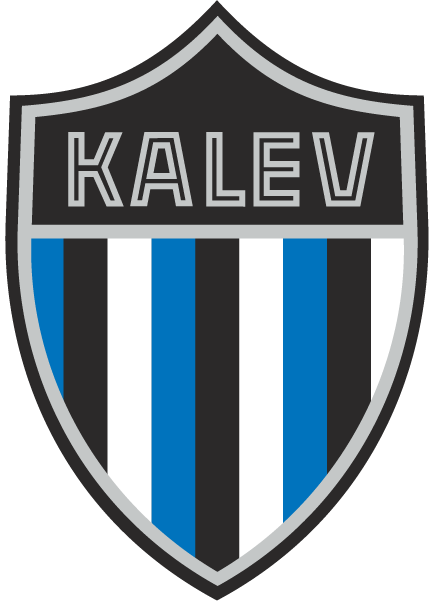The Republic of Estonia gained its independence from the Russian Empire on 24 February 1918 and established diplomatic relations with many countries via membership of the League of Nations. The forcible incorporation of Estonia into the Soviet Union in 1940 was not generally recognised by the international community and the Estonian diplomatic service continued to operate in some countries. Following the restoration of independence from the Soviet Union, Russia was one of the first nations to re-recognize Estonia's independence. Estonia's immediate priority after regaining its independence was the withdrawal of Russian forces from Estonian territory. In August 1994, this was completed. However, relations with Moscow have remained strained primarily because Russia decided not to ratify the border treaty it had signed with Estonia in 1999.

The Baltic states, also known as the Baltic countries, Baltic republics, Baltic nations or simply the Baltics, is a geopolitical term used for grouping the three sovereign states in Northern Europe on the eastern coast of the Baltic Sea: Estonia, Latvia, and Lithuania. The term is not used in the context of cultural areas, national identity, or language. The three countries do not form an official union, but engage in intergovernmental and parliamentary cooperation.

The Baltic Cup is an international football competition contested by the national teams of the Baltic states – Estonia, Latvia and Lithuania. Also Finland has participated as a guest twice. Though originally held annually the competition has been biennial since 2008, running on even-numbered years. It is one of the oldest football tournaments for national teams in Europe after the British Home Championship, and the oldest one still organized.
Territorial changes of the Baltic states refers to the redrawing of borders of Lithuania, Latvia and Estonia after 1940. The three republics, formerly autonomous regions within the former Russian Empire and before that of former Polish–Lithuanian Commonwealth, gained independence in the aftermath of World War I and the Russian Revolution of 1917. After a two-front independence war fought against both Bolshevist Russian and Baltic German nationalist forces, the countries concluded peace and border treaties with Soviet Russia in 1920. However, with World War II and the occupation and annexation of these republics into the Soviet Union twenty years after their independence, certain territorial changes were made in favour of the Russian SFSR. This has been the source of political tensions after they regained their independence with the dissolution of the Soviet Union. Some of the disputes remain unresolved.

The Latvian War of Independence, sometimes called the Latvia's freedom struggles or the Latvian War of Liberation, was a series of military conflicts in Latvia between 5 December 1918, after the newly proclaimed Republic of Latvia was invaded by Soviet Russia, and the signing of the Latvian-Soviet Riga Peace Treaty on 11 August 1920.
The Estonia women's national football team represents Estonia in international women's association football competitions and is controlled by the Estonian Football Association, the governing body for football in Estonia.

Pro-independence movements in Russian Civil War within the territory of the former Russian Empire sought for creation of independent and non-Bolshevik nation states after the October Revolution. They were often supported politically or militarily by the Entente Powers. Some of them cooperated with the Russian White Movement, others were opposed to it. Many pro-independence movements emerged after the break-up of the Russian Empire and fought in the war.

This is a survey of the postage stamps and postal history of Estonia. The stamps of Estonia are issued by the postal administration Eesti Post which is the country's only provider of universal postal services.
Timeline of the occupation of the Baltic States lists key events in the military occupation of the Baltic states of Estonia, Latvia, and Lithuania by the Soviet Union and by Nazi Germany during World War II.
The 1933 Baltic Cup was held in Kaunas, Lithuania from 2 to 4 September 1933. It was the sixth time three Baltic states — Estonia, Latvia and Lithuania — came together to play a friendly tournament and determine the best team amongst them.
The 1920 season was the first year of competitive football in the Baltic country as an independent nation.
The 1921 season was the second year of competitive football in the Baltic country as an independent nation.
The 1922 season was the third year of competitive football for the Estonia as an independent nation.

The San Marino national football team's first official association football match took place on 14 November 1990 against Switzerland. Previously unofficial matches had taken place against a Canadian Olympic team in 1986, and a series of matches at the 1987 Mediterranean Games against Lebanon, Turkey and Syria. These matches took place prior to the nation's affiliation with FIFA. San Marino has not yet qualified for the finals of a major international football tournament. Andy Selva remains the only player to have scored more than two goals for San Marino.

Ants Kurvits or Hans Kurvits was an Estonian military commander, reaching rank of major general. He participated in the Estonian War of Independence and later became the founder and long-time leader of the Estonian Border Guard. Kurvits also served briefly as Minister of War.
The 2019 FIBA Basketball World Cup qualification, for the FIBA Europe region, began in the summer of 2017 and concluded in February 2019. Contrary to previous years, no teams were automatically placed into the FIBA World Cup, so all FIBA Europe nations had to participate in qualifications.
This page summarizes 2019 in Estonian football.











